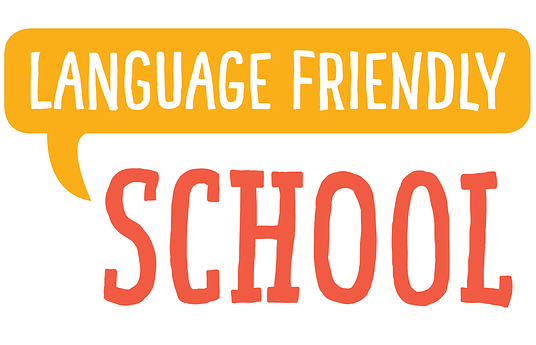The aim of language conscious instruction is to promote equity in education. People are more frequently than ever moving from one country to another, and schools have a key role in integrating people to society. When the language used in school is different from the student’s mother tongue, teachers have to pay special attention to the language used in class.
Language has a big role in learning. The aim of language conscious teaching is to help teachers pay attention to how language is used when they are teaching – in other words, improve their language awareness skills.
Language consciousness means being mindful of how language works in different situations, text and speech. From the teacher’s point of view, language awareness clarifies the typical ways of how language is used in different content areas to the student. Language that is specific to content areas includes, for example, key vocabulary that acts as a gateway to knowledge acquisition. From the student’s point of view, language conscious instruction encourages them and gives them tools to think about how language is used in familiar situations.
One of the core ideas of language conscious instruction is making metaknowledge apparent: How does a class proceed? How do you write a long answer on an exam? What does a definition mean? How do you find important vocabulary from the different genres of each content area? In what order do negotiations proceed? What kind of language is used in customer service?
Every student benefits from language conscious teaching. It especially benefits classes that have big differences in reading, writing and other language skills. Students’ skills and motivation towards language differ depending on how language and texts are used at home and in their social circle.
Language conscious instruction also benefits classes for language learners, as first and second generation immigrants tend not to perform as well at school as native students. The same phenomenon has been observed all over the world. Language conscious instruction aims to decrease the gap between the learning results of students from immigrant backgrounds and others’.
This article presents five ways to practice language conscious instruction in your own class. You can implement one or several of them depending on your group’s needs.
PhD. student Elisa Repo talks about her PhD. study about language aware teaching.



